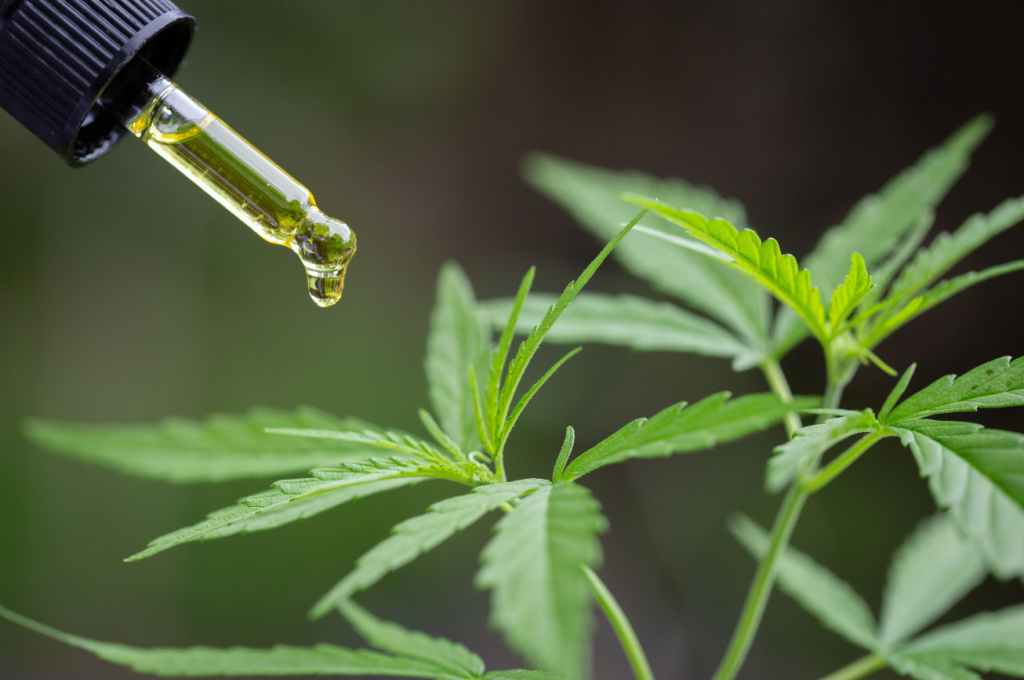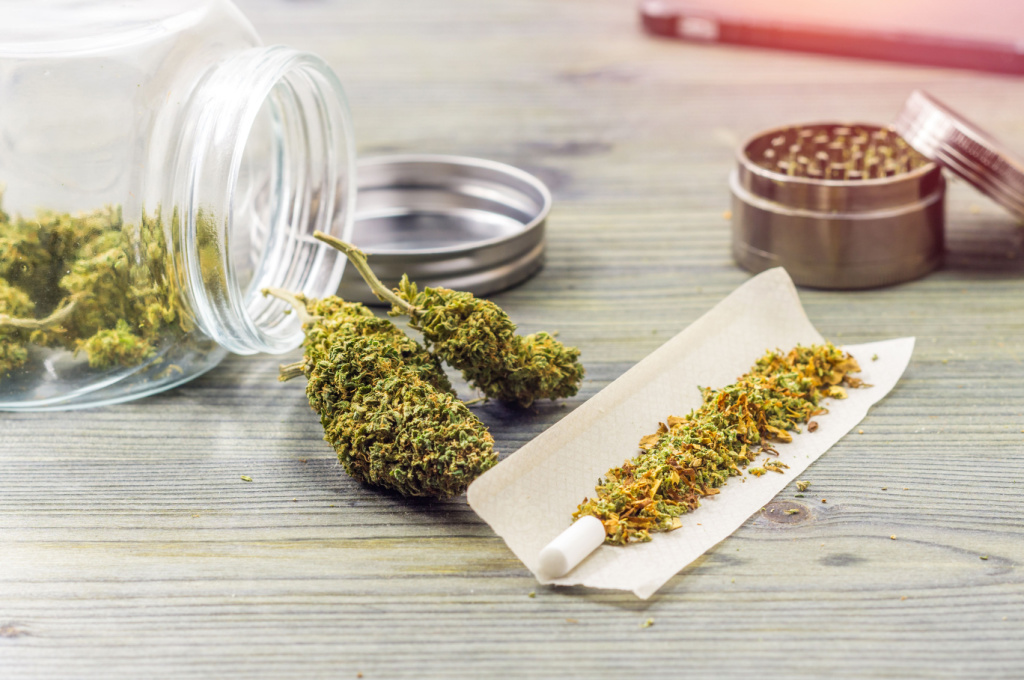
They’re some of the most important ingredients in cannabis products, but so many of us still know so little about them. We’re talking about cannabinoids, the compounds that give the cannabis plant its myriad effects. We’ll look at what cannabinoids are in this post, along with taking a deeper dive into a few in particular: CBN and CBG.
Before we get too deep into the weeds, we need to explain exactly what cannabinoids are. Fortunately, that’s not too hard! Essentially, cannabinoids are the active ingredients in cannabis. They exert some kind of effect on your body by triggering a response from your endocannabinoid system. Cannabis plants develop more than 100 cannabinoids naturally as they mature, according to sources.
While THC and CBD are by far the best-known and most abundant cannabinoids out there, they’re far from the only ones you’ll find in nature. In particular, two minor cannabinoids have drawn attention from researchers in recent years: cannabigerol (CBG) and cannabinol (CBN). These both develop at different stages in a plant’s life cycle and have their own unique properties.

Although CBG has existed for thousands of years, we humans only discovered it fairly recently—in 1964, to be exact. You can find CBG most abundantly in young cannabis plants. CBG exists as sort of a “proto-cannabinoid,” which transforms into other cannabinoids as a plant matures. In fact, CBG can transform into either THC or CBD, making it one of the most important cannabinoids in these plants. UV light (like the light from the sun) triggers this transformation.
Like other cannabinoids, CBG has its own array of effects. According to a 2022 survey, patients often use CBG to alleviate chronic pain, insomnia, anxiety, and depression. The vast majority of patients report that CBG has no negative side effects, with the most common being dry mouth.
Think of CBN as the inverse of CBG. While you’ll find CBG most abundantly in young cannabis plants, CBN exists mostly in aged cannabis flower. CBN comes from THC that’s been exposed to oxygen or light for prolonged periods, which makes some cannabis consumers view it skeptically.
However, like its chemical cousin CBG, CBN appears to have some potentially beneficial effects. According to several different studies, CBN appears to possess antibacterial properties, may help protect neural connections, and may reduce swelling.
Okay, so now that we’ve detailed the effects of CBG and CBN, there’s one last question to answer. What are the similarities and differences between CBN vs CBG vs CBD?

Research and patient surveys suggest that all three may have some effect on chronic pain and inflammation. CBD has undergone the most research so far, but CBG and CBN can help make CBD even more effective thanks to a phenomenon called the entourage effect. Notably, all three may have antibacterial effects. One of the main reasons folks report using CBD is to help them get better rest, and CBN has also been reported by consumers to help improve sleep. More research will be needed to fully uncover the potential of these cannabinoids.
Now that you understand what these cannabinoids are and the differences between CBG vs CBN vs CBD, you’re ready to try them out for yourself. That’s where Abide Napa can help. Explore all of the premium strains and cannabis products we carry by browsing our online menu here.
Monday - Sunday: 9am - 8pm
Abide observes the following holidays and will be closed:
New Year’s Day (January 1st)
Thanksgiving Day
Christmas Eve (December 24th)
Christmas Day (December 25th)






ACKNOWLEDGMENT OF CALIFORNIA LAW. You expressly acknowledge that Abide services are for qualified patients under California Health & Safety Code Section 11362.5, 11362.7, et seq., and a physician has recommended the use of medical marijuana. You also expressly acknowledge that the use, possession, cultivation, transportation and distribution of cannabis is illegal in California unless all participants are acting completely within the scope of California’s medical cannabis laws as set forth in the Attorney General’s Guidelines for the Security and Non-Diversion of Marijuana Grown for Medical Use and the Medical Cannabis Regulation & Safety Act (consisting of AB243, AB266 and SB643) and any amendments thereto.